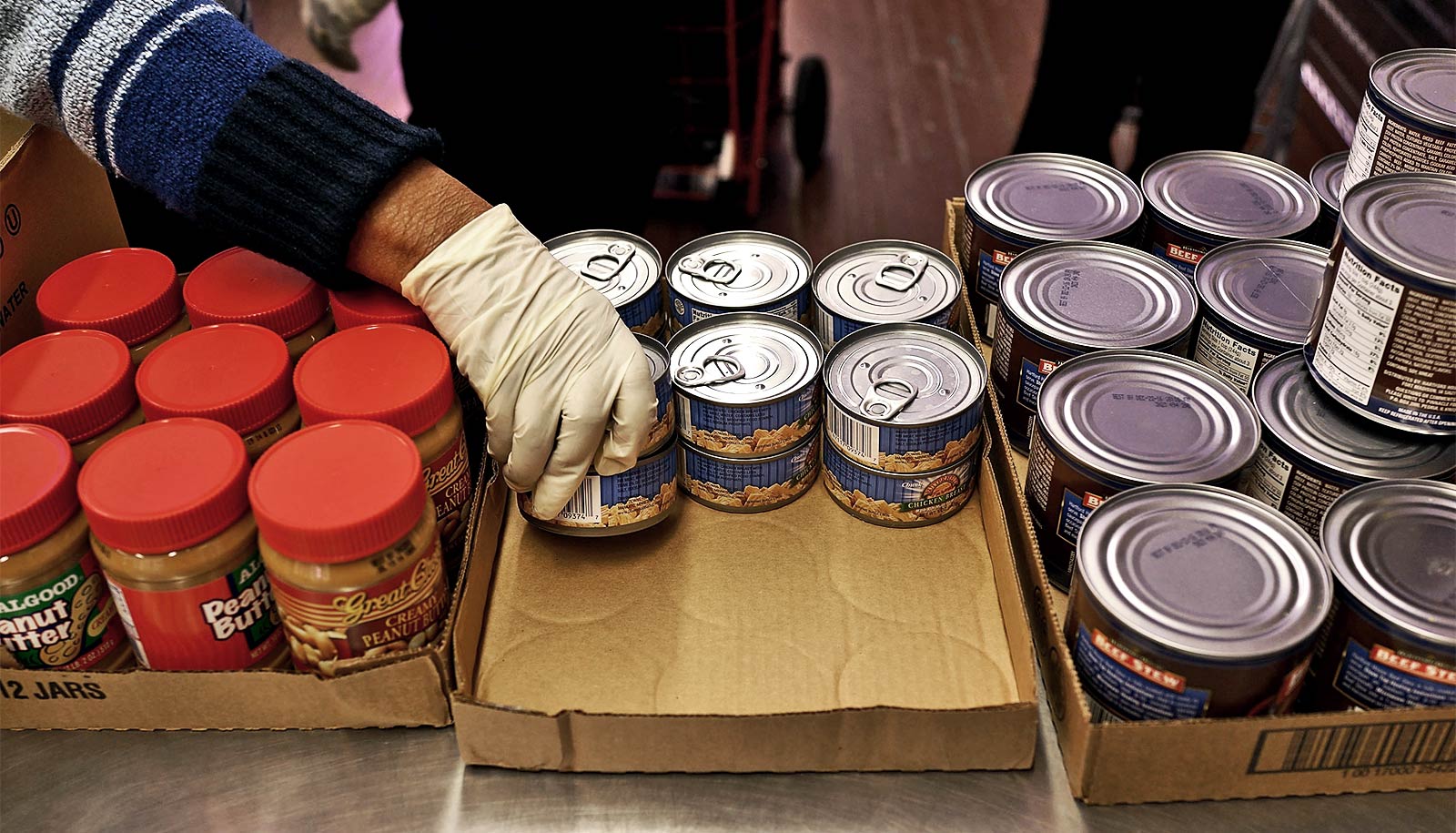In the first week since officials designated COVID-19 a pandemic, requests for food pantries skyrocketed across the US, researchers say.
Requests for home-delivered meals more than tripled in the same time period, says Matthew Kreuter, a professor of public health at Washington University in St. Louis who tracks calls to 2-1-1 help lines across the US.
Kreuter and colleagues follow day-to-day requests for hundreds of needs, as captured by 2-1-1 help lines across the country. They compared the number of requests received by 2-1-1s in 21 states and cities from March 12-18 this year to the same seven days in 2019.
“In all 21 locations, requests for food pantries were much higher in the last week, often 2-4 times higher than the same week last year,” Kreuter says. “Requests for home-delivered meals were higher in all but one location.”
“People need help feeding their families, and local agencies need help keeping pace with the higher demand.”
Kreuter, a senior scientist at Washington University’s Health Communication Research Laboratory, which developed 2-1-1 Counts, the first tool to provide real-time, searchable, and visual presentations of data from 2-1-1 call centers across the country.
“The size and suddenness of these increases is striking,” Kreuter says. “People need help feeding their families, and local agencies need help keeping pace with the higher demand.”
2-1-1 is a free and confidential service that helps people across North America find the local resources they need 24 hours a day, 7 days a week, in most communities. Each year, 2-1-1s receive 16 million requests, not only seeking emergency services, but also basic needs such as food, shelter, and clothing.
Data that 2-1-1 Counts tracks can be searched and displayed by date, county, congressional district, and more.
Kreuter’s team has established a web page, FOCUS-19, to report new findings daily. Upcoming analyses will examine requests for assistance with housing, utility bills, household goods, income, employment, transportation, health care, and other social needs; mapping where the increases in local needs are greatest; and reporting calls specific to COVID-19.
Researchers conducted the study in partnership with Health Communication Impact LLC, United Way, and 2-1-1 help lines.


